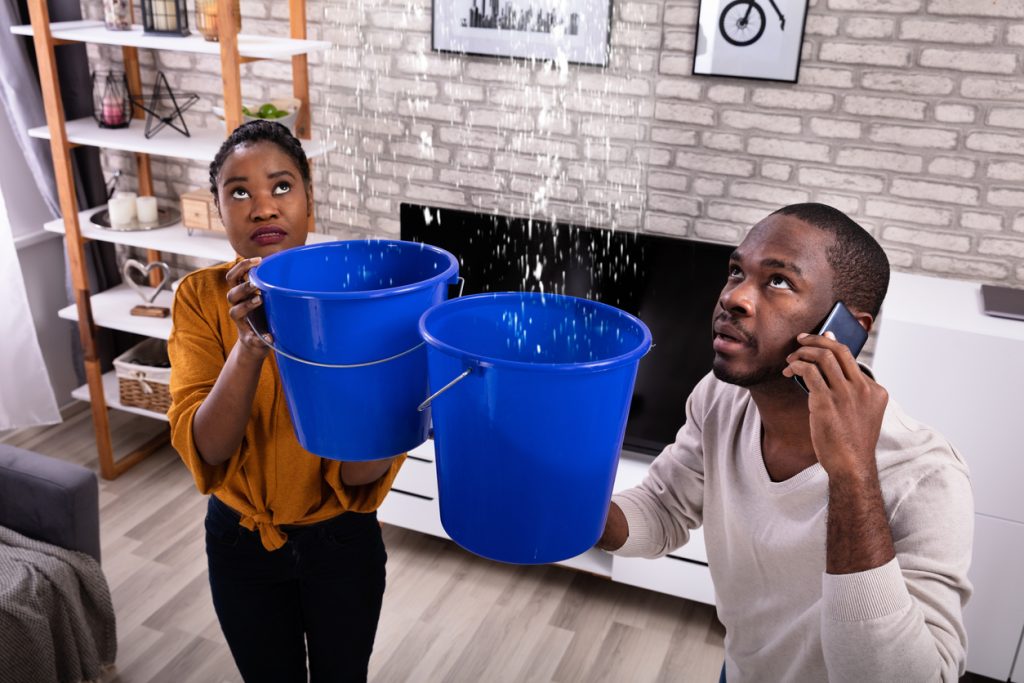Maintaining a healthy and functional sewer system is crucial to the health and hygiene of your home. Numerous issues may arise from a defective sewer system, like backups, clogs, and foul smells. Immediate action should be taken when signs suggesting damage or clogging of the sewer lines are noticed to prevent further harm.
Signs of a Faulty Sewer Line
Slow-draining water in sinks, showers, or tubs can indicate a clogged sewer line. Consider reaching out to a plumber to inspect and rectify the matter.
Your home can start smelling bad if you have a damaged or clogged sewer line. The scent of sewage indicates a problem with your sewer line. You should immediately contact a professional.
Another clear sign of a sewer line issue is sewage backing up into your home. Sewage backup can occur in your basement, toilet, or shower. Ignoring the problem can cause further damage and pose a health risk to you and your family.
Mold growth is another sign of a damaged sewer line. Your home’s walls, floors, and ceilings may get water damage due to an issue with your sewer line. Promptly addressing this can prevent serious damage and expensive repairs. Mold can thrive and pose health risks due to moisture.
If you notice green patches of grass in your lawn, it could indicate a leak in your sewer line. A leak in your sewer line can cause the grass above it to grow more rapidly than in the surrounding areas.
What to Expect During the Replacement Process
If you detect any of the warning signs mentioned above, reach out to a skilled plumber to assess your sewer line. The plumber will establish the degree of the damage and suggest the most appropriate action during the inspection. This professional may propose a sewer line repair instead of a replacement, depending on the damage.
If the plumber recommends replacing your sewer line, you should be prepared for the following:
- Excavation: Accessing the damaged pipe when replacing a sewer line requires digging a trench. The depth and length required for the trench will be determined by where exactly the sewer pipe is damaged. To excavate the trench, the plumber’s team will employ heavy machinery.
- Pipe replacement: After digging the trench, the team will remove the damaged sewer line and install a new one. The construction of the new pipe will involve using PVC or HDPE as a durable material.
- Backfilling: The team will fill the trench with soil after installing the new sewer line. The new sewer line will be secure once the soil’s compacted.
- Restoration: The final step in the replacement process is restoring the area. The team’s responsibility includes filling holes or gaps in the surrounding area and leveling the surface.
Get Your Sewer Line Checked
Your home’s cleanliness and well-being are closely tied to properly maintaining your sewer line. PHD Plumbing in Yuma, AZ offers exceptional sewer line services and other plumbing services, so call us today.

